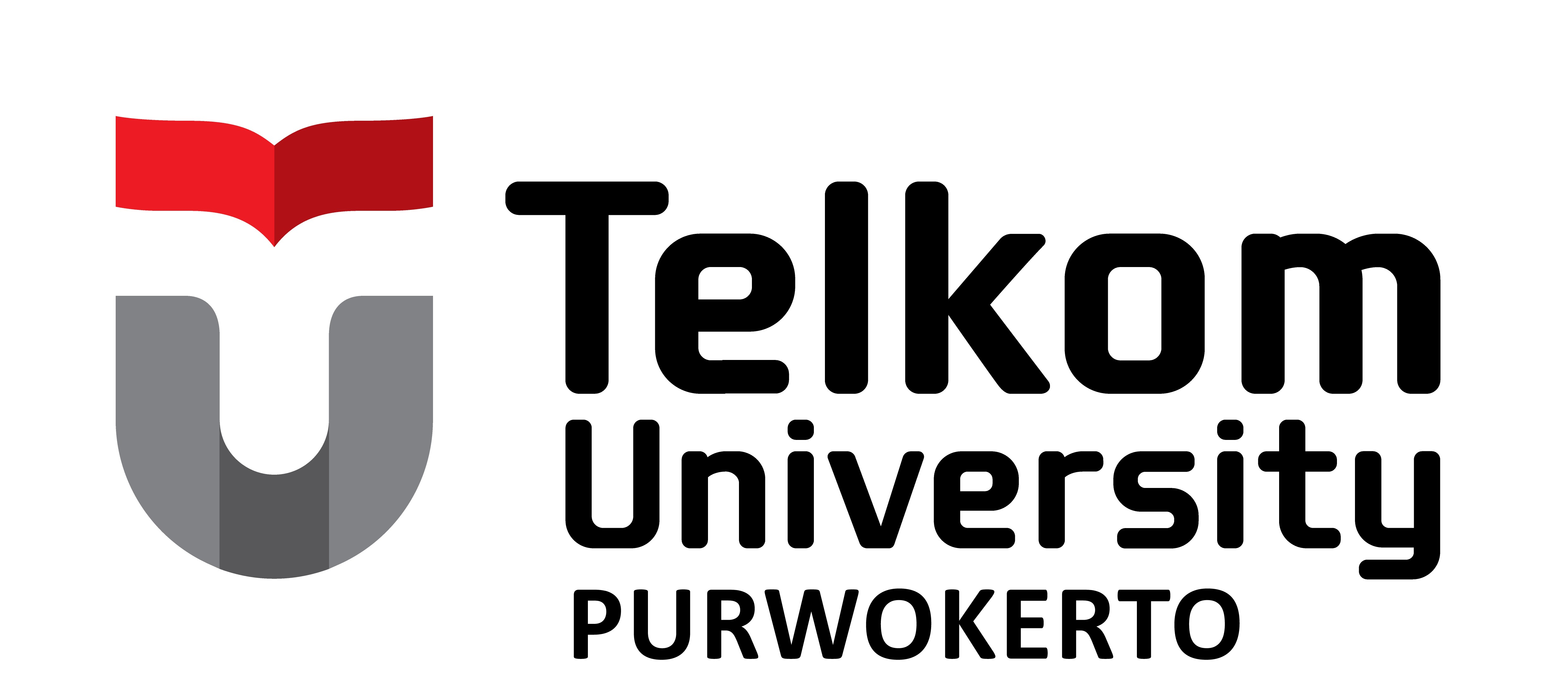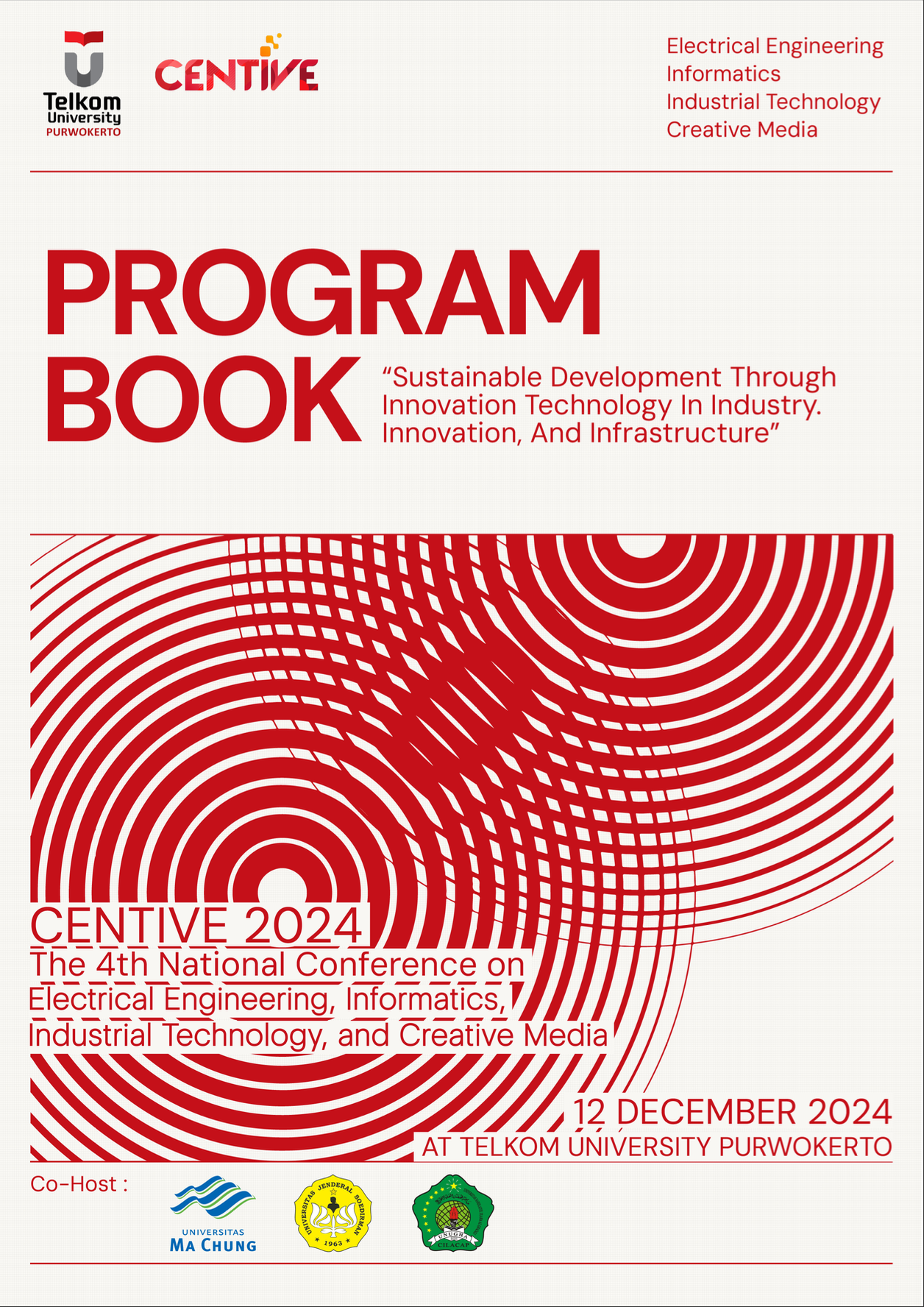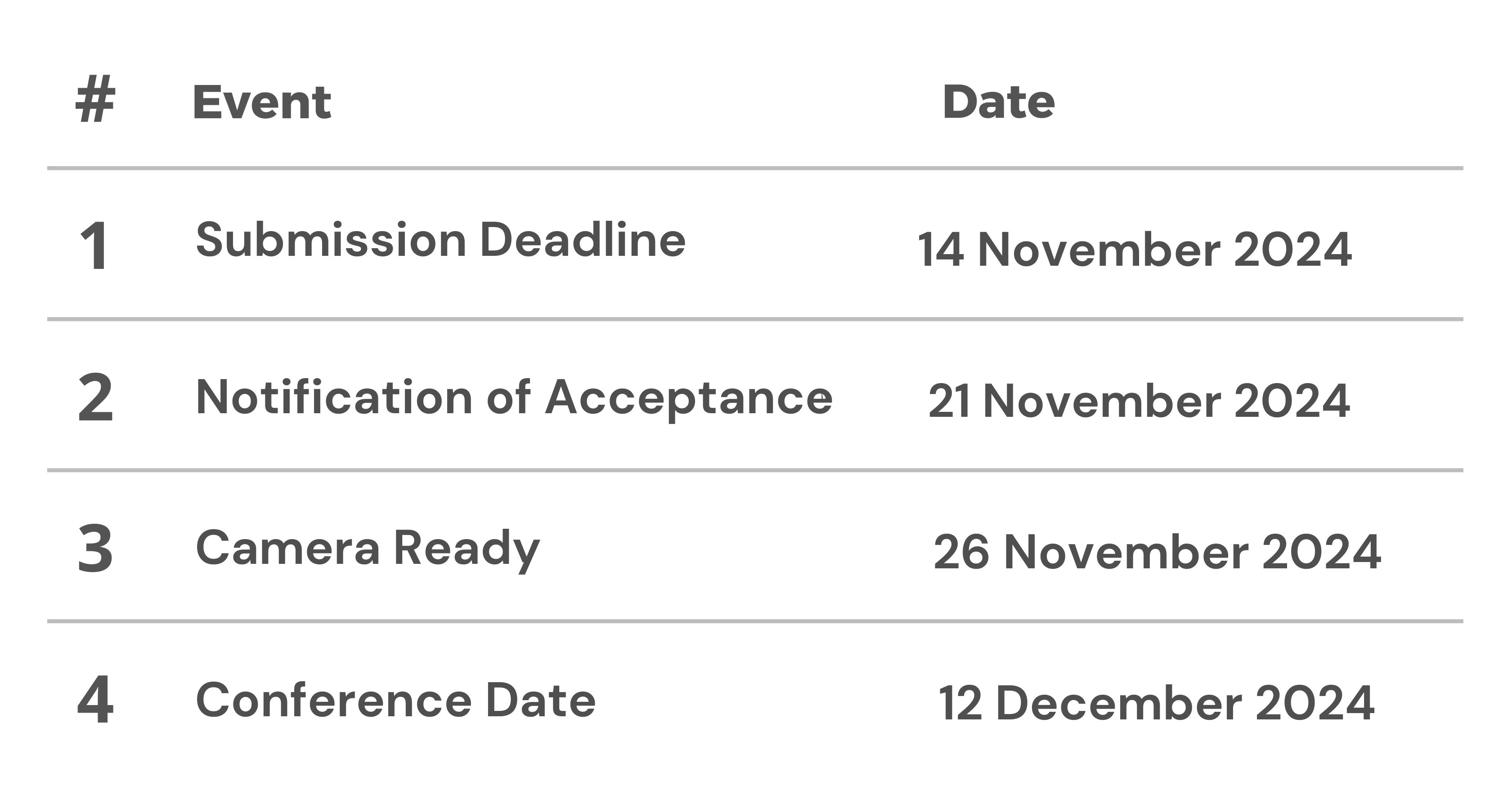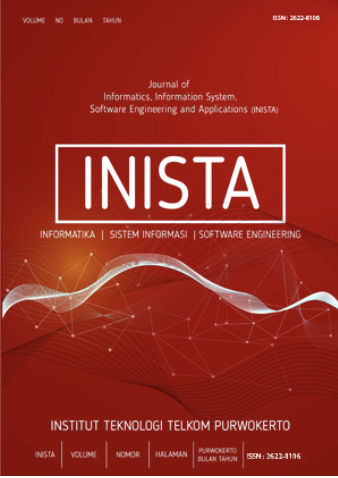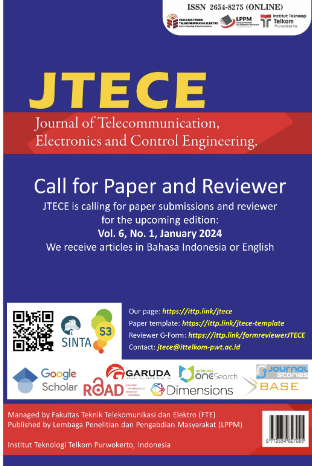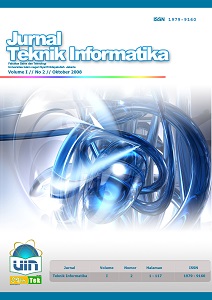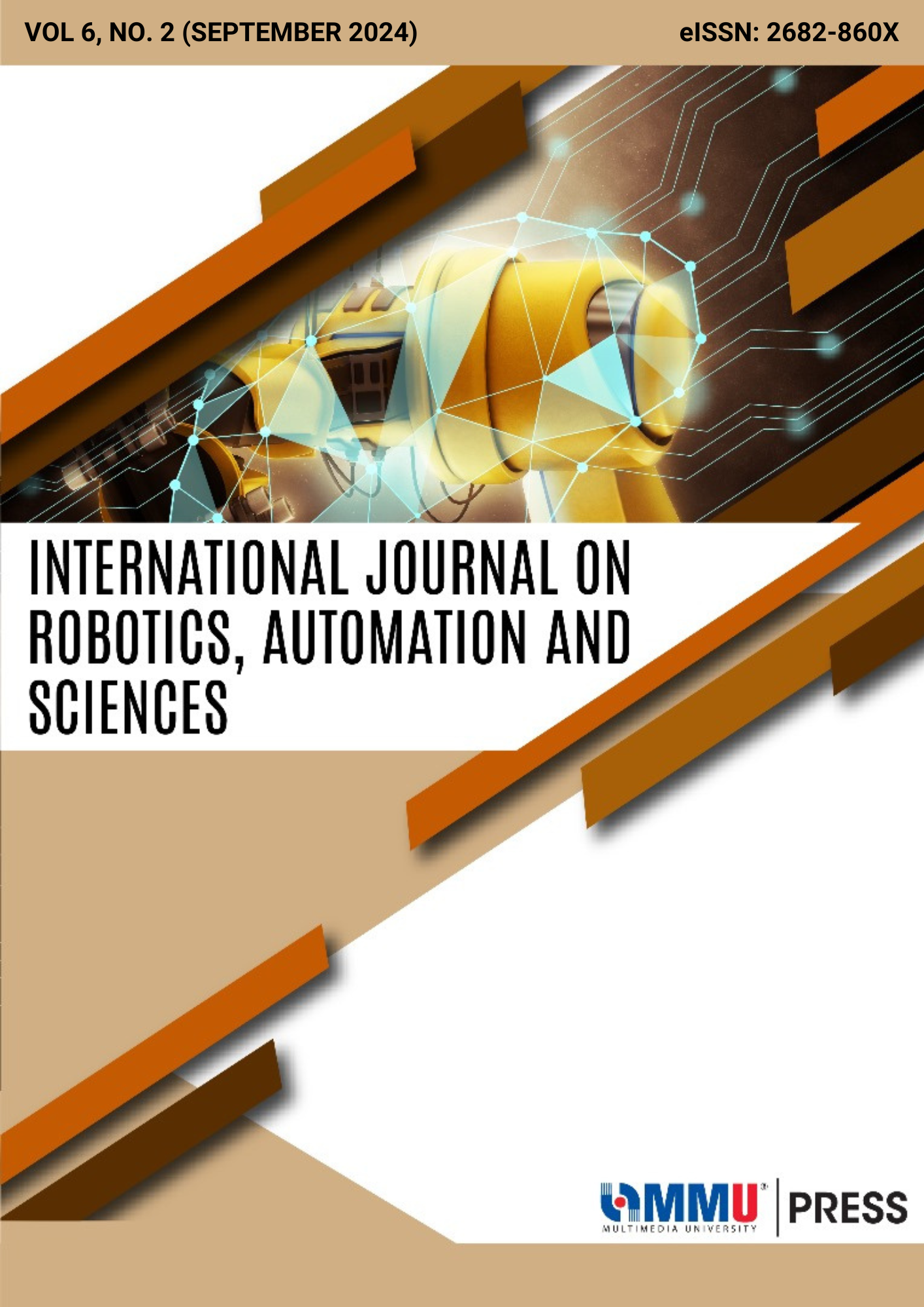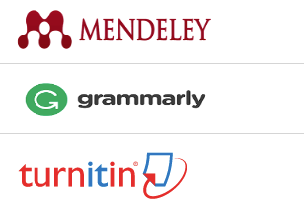Green Distribution Models for Building Material Supply Chains: A Carbon Footprint Optimization Framework
Abstract
Distribusi bahan bangunan merupakan salah satu kontributor utama emisi karbon dalam sektor logistik, terutama karena penggunaan kendaraan berat berbahan bakar fosil dan konsumsi energi intensif di gudang. Penelitian ini bertujuan mengembangkan kerangka kerja distribusi hijau untuk mengoptimalkan jejak karbon dalam rantai pasok PT XYZ(XYZ). Model matematis dirancang untuk mengevaluasi emisi karbon berdasarkan variabel utama seperti jarak tempuh, pemanfaatan kapasitas muatan, konsumsi energi gudang, dan skema offset karbon. Hasil simulasi menunjukkan bahwa kombinasi strategi optimasi rute, peningkatan efisiensi kapasitas muatan, dan transisi energi terbarukan dapat mengurangi total emisi karbon hingga 35% dari baseline. Validasi model dengan data aktual menunjukkan tingkat akurasi yang tinggi, dengan deviasi rata-rata kurang dari 0,3 ton CO₂. Penelitian ini memberikan kontribusi signifikan dalam literatur logistik hijau, menawarkan solusi aplikatif untuk mendukung keberlanjutan operasional distribusi bahan bangunan.
References
[2] R. Guchhait and B. Sarkar, “Increasing Growth of Renewable Energy: A State of Art,” Energies, vol. 16, no. 6, 2023, doi: 10.3390/en16062665.
[3] G. Lăzăroiu, L. Ionescu, C. Uţă, I. Hurloiu, M. Andronie, and I. Dijmarescu, “Environmentally responsible behavior and sustainability policy adoption in green public procurement,” Sustain., vol. 12, no. 5, 2020, doi: 10.3390/su12052110.
[4] Y. Jiang, J. Huang, T. Shi, and X. Li, “Cooling island effect of blue-green corridors: Quantitative comparison of morphological impacts,” Int. J. Environ. Res. Public Health, vol. 18, no. 22, 2021, doi: 10.3390/ijerph182211917.
[5] S. Ambika and V. Srilekha, “Eco-safe chemicothermal conversion of industrial graphite waste to exfoliated graphene and evaluation as engineered adsorbent to remove toxic textile dyes,” Environ. Adv., vol. 4, 2021, doi: 10.1016/j.envadv.2021.100072.
[6] K. Ram, M. Flegar, M. Serdar, and K. Scrivener, “Influence of Low- to Medium-Kaolinite Clay on the Durability of Limestone Calcined Clay Cement (LC3) Concrete,” Materials (Basel)., vol. 16, no. 1, 2023, doi: 10.3390/ma16010374.
[7] M. Dubale, M. V Vasić, G. Goel, A. Kalamdhad, and L. B. Singh, “Utilization of Construction and Demolition Mix Waste in the Fired Brick Production: The Impact on Mechanical Properties,” Materials (Basel)., vol. 16, no. 1, 2023, doi: 10.3390/ma16010262.
[8] A. I. Omoregie et al., “Soil bio-cementation treatment strategies: state-of-the-art review,” Geotech. Res., vol. 11, no. 1, pp. 3–27, 2023, doi: 10.1680/jgere.22.00051.
[9] J. G. Backes, P. Del Rosario, D. Petrosa, M. Traverso, T. Hatzfeld, and E. Günther, “Building Sector Issues in about 100 Years: End-Of-Life Scenarios of Carbon-Reinforced Concrete Presented in the Context of a Life Cycle Assessment, Focusing the Carbon Footprint,” Processes, vol. 10, no. 9, 2022, doi: 10.3390/pr10091791.
[10] W. Zhang, B. Li, R. Xue, C. Wang, and W. Cao, “A systematic bibliometric review of clean energy transition: Implications for low-carbon development,” PLoS One, vol. 16, no. 12 December, 2021, doi: 10.1371/journal.pone.0261091.
[11] A. Nalaparaju and J. Jiang, “Metal−Organic Frameworks for Liquid Phase Applications,” Adv. Sci., vol. 8, no. 5, 2021, doi: 10.1002/advs.202003143.
[12] T. S. Van Der Voort et al., “MOSAIC (Modern Ocean Sediment Archive and Inventory of Carbon): A (radio)carbon-centric database for seafloor surficial sediments,” Earth Syst. Sci. Data, vol. 13, no. 5, pp. 2135–2146, 2021, doi: 10.5194/essd-13-2135-2021.
[13] F. Ustolin, A. Campari, and R. Taccani, “An Extensive Review of Liquid Hydrogen in Transportation with Focus on the Maritime Sector,” J. Mar. Sci. Eng., vol. 10, no. 9, 2022, doi: 10.3390/jmse10091222.
[14] J. Wang, D. B. Karakoc, and M. Konar, “The carbon footprint of cold chain food flows in the United States,” Environ. Res. Infrastruct. Sustain., vol. 2, no. 2, 2022, doi: 10.1088/2634-4505/ac676d.
[15] J. A. Qadourah, A. M. Al-Falahat, and S. S. Alrwashdeh, “INVESTIGATE THE CARBON FOOTPRINTS OF THREE INTERMEDIATE FLOORING SYSTEMS: CROSS-LAMINATED TIMBER, SOLID CONCRETE, AND HOLLOW-CORE PRECAST CONCRETE,” J. Appl. Eng. Sci., vol. 20, no. 2, pp. 377–385, 2022, doi: 10.5937/jaes0-32783.


